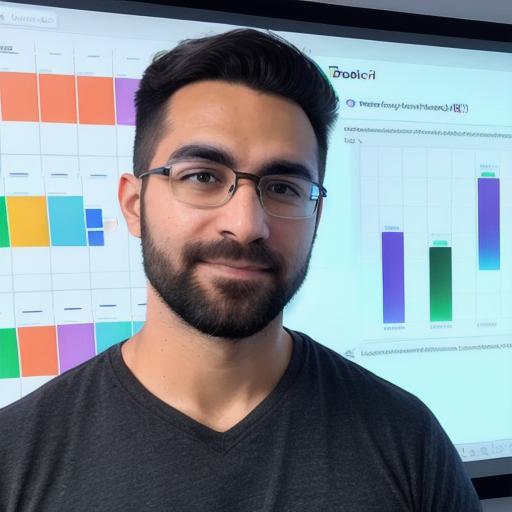Introduction
Decentralized apps (dApps) are on the rise, thanks to the growing popularity of blockchain technology and web3. With the ability to run on decentralized networks, dApps offer a level of security and privacy that traditional centralized apps cannot provide. React Native is an excellent tool for building cross-platform mobile apps, making it a popular choice among developers looking to create dApps. In this guide, we will explore how to build decentralized apps with React Native and web3 integration.
The Benefits of Building Decentralized Apps with React Native and Web3 Integration
One of the biggest advantages of building dApps with React Native and web3 integration is their ability to run on a decentralized network, eliminating the need for intermediaries such as banks or other financial institutions. This allows users to have more control over their data and transactions, as well as reducing the risk of fraud or hacking.
Another benefit of dApps is their ability to be more secure and private than traditional centralized apps. Because they run on a decentralized network, there is no single point of failure, making them more resistant to attacks and hacking attempts. Additionally, because users have complete control over their data and transactions, they can choose to share or withhold information as needed, providing an added level of privacy.
How to Build Decentralized Apps with React Native and Web3 Integration
To build decentralized apps with React Native and web3 integration, you will need to follow these steps:
- Choose a blockchain platform: There are several blockchain platforms available for building dApps, including Ethereum, EOS, and Tron. Each platform has its own strengths and weaknesses, so it is important to choose the one that best fits your needs.
- Set up a development environment: You will need to set up a development environment on your chosen blockchain platform. This typically involves installing a wallet and setting up a smart contract.
- Build your app: Once you have set up your development environment, you can start building your app using React Native. It is important to use web3 libraries such as Web3.js or Truffle to interact with the blockchain network and execute smart contracts.

- Test and deploy: After you have built your app, you will need to test it thoroughly to ensure that it works as intended. Once you are satisfied with your app, you can deploy it to the blockchain platform for users to access.
Real-Life Examples of Decentralized Apps Built with React Native and Web3 Integration
There are several examples of decentralized apps built with React Native and web3 integration. One popular example is CryptoKitties, a game that allows users to breed and sell digital cats on the Ethereum blockchain. Another example is Dfinity, a platform that uses web3 technology to enable fast and secure transactions for businesses.
FAQs

- What is a decentralized app (dApp)?
A dApp is an app that runs on a decentralized network, eliminating the need for intermediaries such as banks or other financial institutions. - Why build decentralized apps with React Native and web3 integration?
Building dApps with React Native and web3 integration allows users to have more control over their data and transactions, as well as reducing the risk of fraud or hacking. Additionally, because they run on a decentralized network, dApps are more secure and private than traditional centralized apps. - How do I choose a blockchain platform for building dApps?
There are several blockchain platforms available for building dApps, including Ethereum, EOS, and Tron. Each platform has its own strengths and weaknesses, so it is important to choose the one that best fits your needs. - What tools do I need to build decentralized apps with React Native and web3 integration?
You will need to set up a development environment on your chosen blockchain platform, as well as use web3 libraries such as Web3.js or Truffle to interact with the blockchain network and execute smart contracts. - What are some real-life examples of decentralized apps built with React Native and web3 integration?
Some examples include CryptoKitties and Dfinity.
Conclusion
Building decentralized
